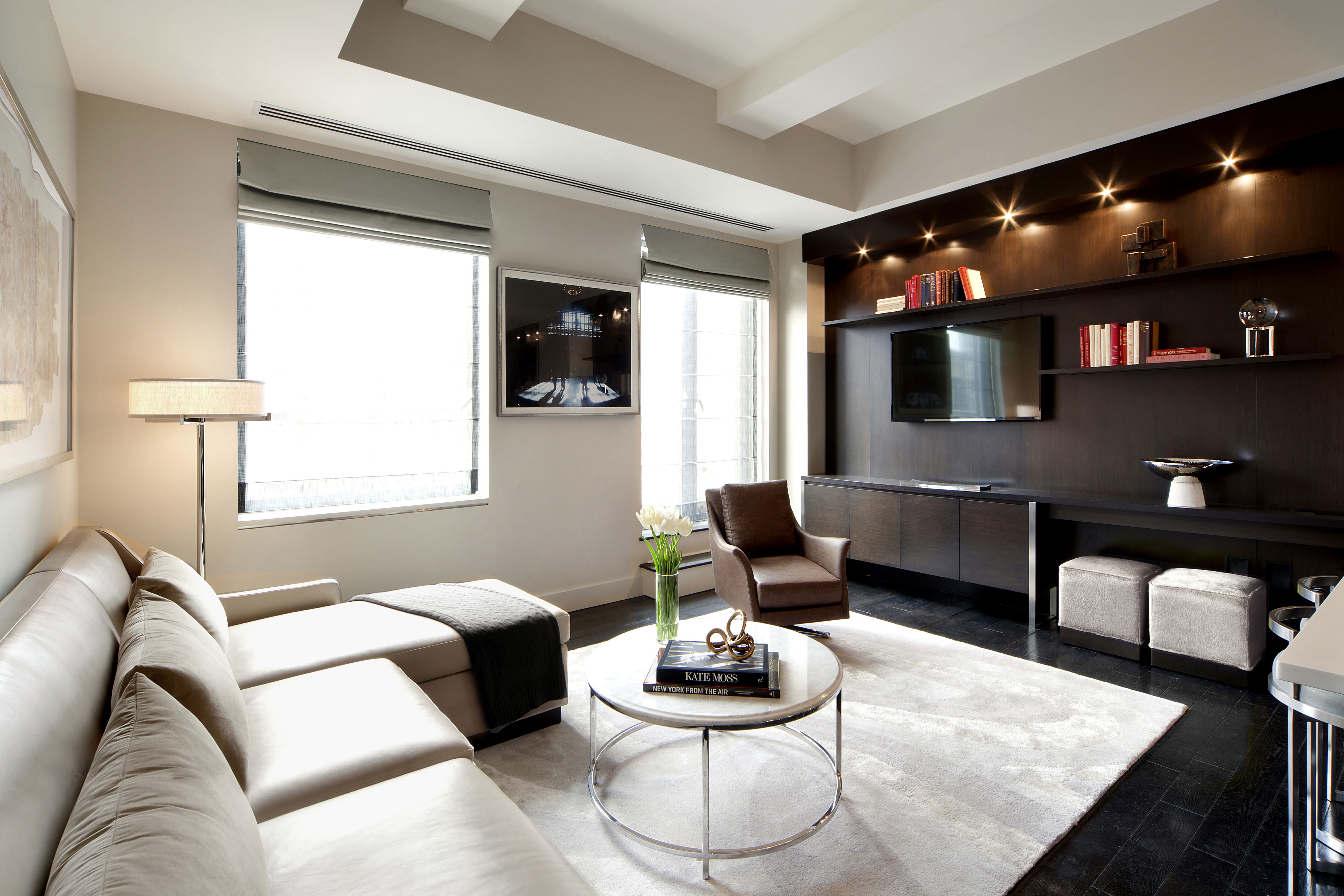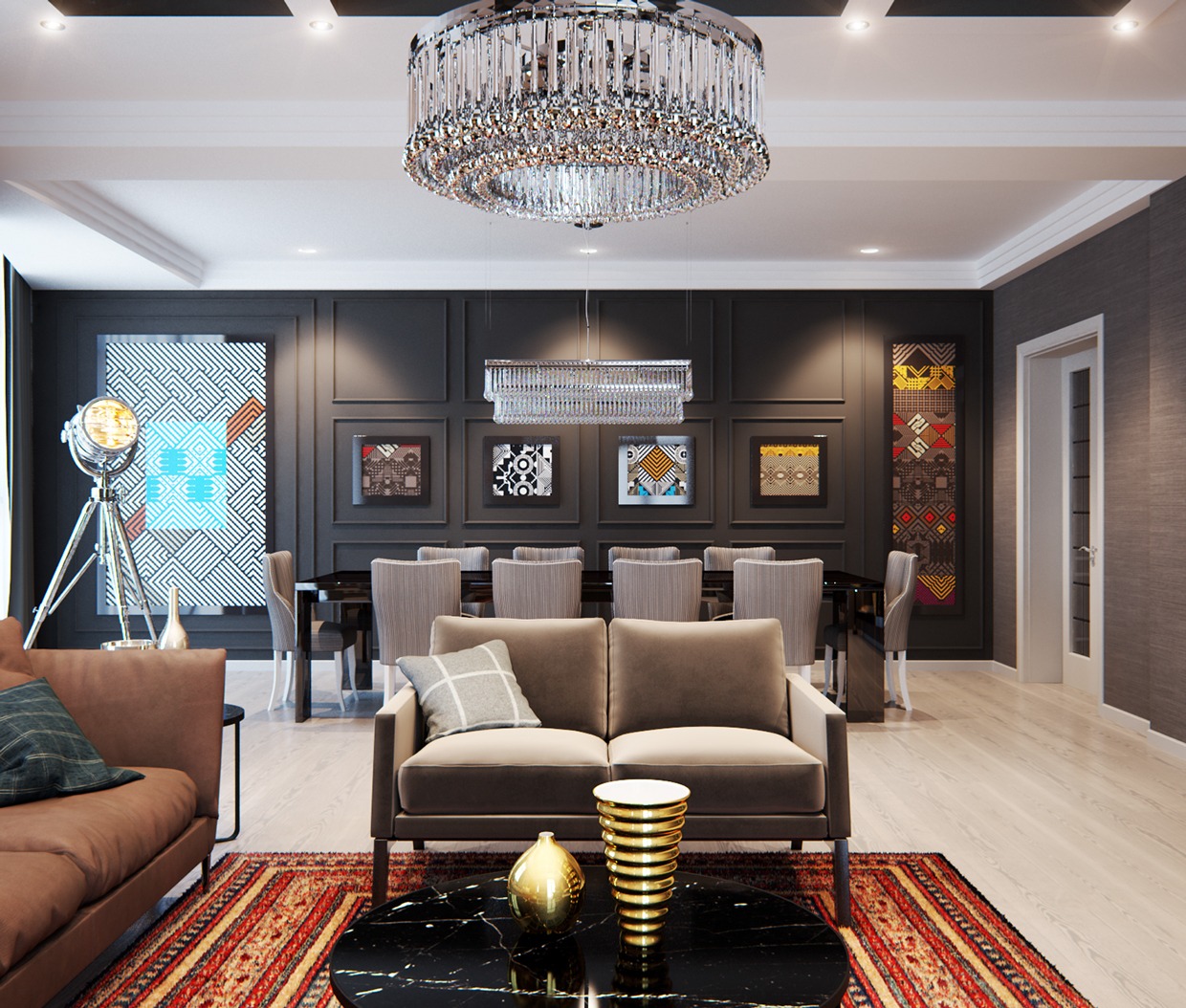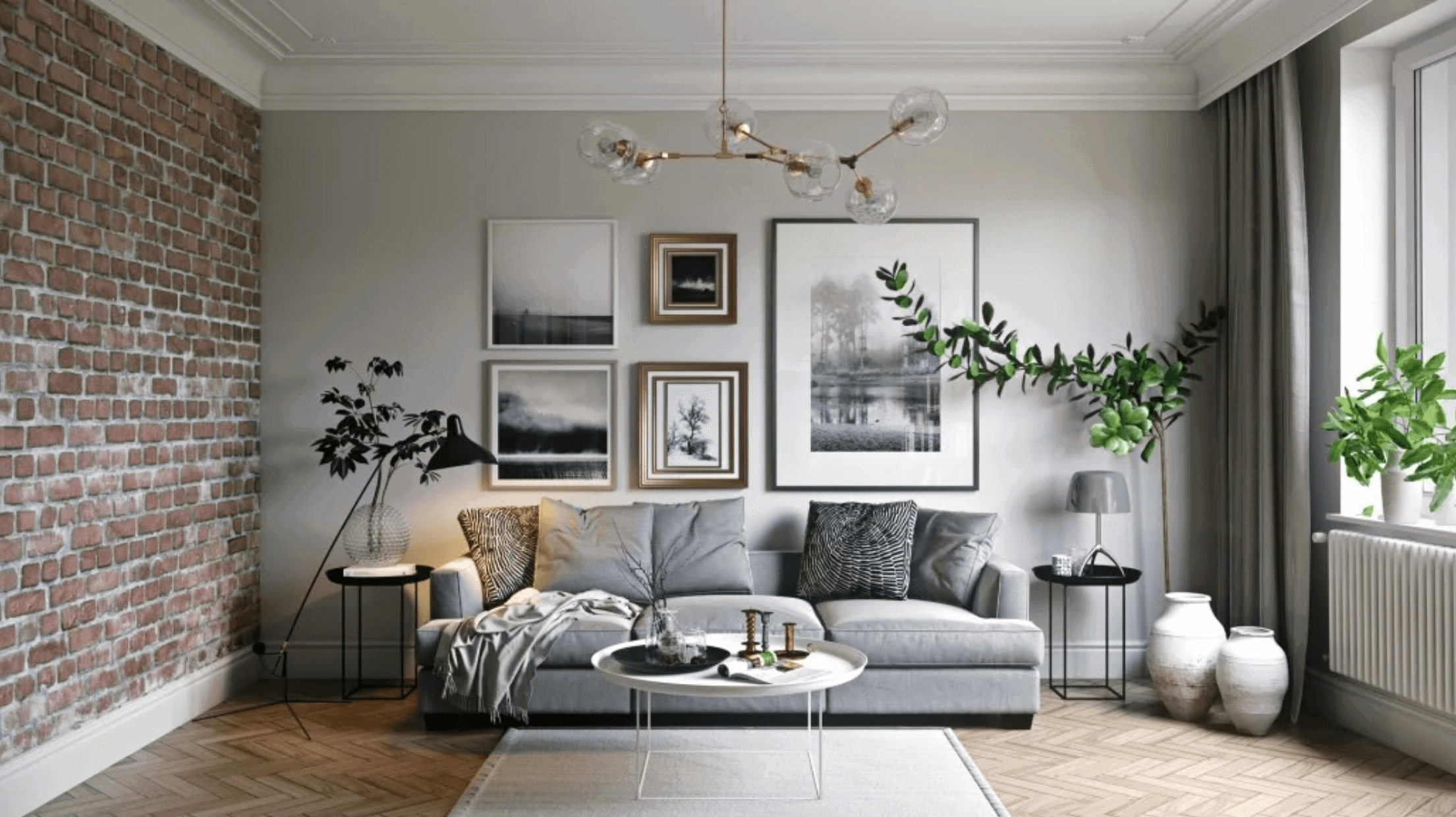Interior Decoration Design Concepts and Principles

Interior decoration design involves creating a visually appealing and functional space. It encompasses various principles and concepts that guide designers in achieving harmonious and aesthetically pleasing interiors.
Interior decoration design encompasses a wide range of elements, from furniture and lighting to color schemes and patterns. One unique and playful way to add personality to a room is through the use of dog wallpaper hd. Featuring adorable and lifelike images of dogs, this type of wallpaper can transform a space into a cozy and cheerful haven.
Whether you prefer classic black-and-white prints or vibrant full-color designs, dog wallpaper hd is a charming and versatile way to elevate any interior decoration scheme.
One fundamental principle is balance, which refers to the distribution of visual weight within a space. Symmetrical balance creates a formal and structured look, while asymmetrical balance allows for more dynamic and informal arrangements.
Harmony and Unity
Harmony refers to the pleasing combination of elements within a space, such as colors, textures, and patterns. A harmonious design creates a sense of cohesion and unity, where all elements complement each other.
Scale is another important consideration in interior design. It involves the relationship between the size of objects and the space they occupy. Proper scaling ensures that furniture and accessories are proportionate to the room size, creating a comfortable and inviting atmosphere.
Functionality and Aesthetics, Interior decoration design
While aesthetics play a crucial role in interior design, functionality should not be overlooked. A well-designed space should not only look visually appealing but also be practical and comfortable to live in.
Interior decoration design encompasses a wide range of styles, including the modern and industrial aesthetic of loft interior design. This style, often found in renovated warehouses and factories, features open floor plans, exposed brick walls, and high ceilings. The result is a spacious and airy living space that blends the charm of the past with the conveniences of the present.
Interior decoration design, in its many forms, continues to evolve, reflecting the changing needs and tastes of homeowners.
Designers consider factors such as traffic flow, storage needs, and natural light when planning a space. By striking a balance between functionality and aesthetics, they create interiors that are both visually pleasing and practical for daily living.
Color Theory and Applications: Interior Decoration Design

Color plays a pivotal role in interior design, affecting the ambiance, mood, and functionality of a space. Understanding color theory and its applications is crucial for creating visually appealing and psychologically impactful interiors.
The color wheel is a fundamental tool in color theory. It consists of 12 primary, secondary, and tertiary colors arranged in a circular spectrum. Primary colors (red, yellow, blue) are the purest colors that cannot be created by mixing others. Secondary colors (green, orange, violet) are created by mixing two primary colors. Tertiary colors (yellow-green, red-orange, blue-violet) are created by mixing a primary color with a secondary color adjacent to it on the color wheel.
Psychological Effects of Colors
Different colors evoke distinct psychological responses, influencing our emotions, thoughts, and behaviors. Warm colors (red, orange, yellow) are associated with energy, excitement, and warmth. Cool colors (blue, green, violet) are linked to calmness, tranquility, and coolness. Neutral colors (black, white, gray) provide a sense of balance and can complement any color scheme.
Color Selection and Combinations
Selecting and combining colors effectively is essential for creating harmonious and visually appealing interiors. Consider the following tips:
- Use a color scheme that reflects the desired ambiance and purpose of the space.
- Combine colors from the same hue family for a monochromatic scheme, or from complementary or analogous colors on the color wheel for a more dynamic effect.
- Consider the intensity and saturation of colors. Lighter colors create a sense of spaciousness, while darker colors can make a room feel more intimate.
- Use neutral colors as a backdrop to highlight accent colors and create a sense of balance.
Furniture and Lighting Design

Furniture and lighting are essential elements in interior decoration design, as they shape the overall look, feel, and functionality of a space. Furniture pieces not only serve practical purposes but also add aesthetic value, while lighting creates ambiance and enhances functionality.
When selecting furniture, it’s crucial to consider the purpose of the space, the available space, and the desired style. Different types of furniture, such as sofas, chairs, tables, and storage units, are available, each with its own unique characteristics and suitability for various spaces.
Scale, Proportion, and Ergonomics
Scale, proportion, and ergonomics play a vital role in furniture design. Scale refers to the size of the furniture in relation to the space it occupies, while proportion refers to the relationship between the sizes of different elements within a piece of furniture. Ergonomics focuses on the comfort and functionality of furniture, ensuring that it is designed to fit the human body and support good posture.
Lighting Design
Lighting is another key element in interior decoration design. It can be used to create different moods and atmospheres, enhance functionality, and highlight specific architectural features or decorative elements. Natural light is always preferred, but artificial lighting is often necessary to supplement it.
There are three main types of lighting: ambient, task, and accent. Ambient lighting provides general illumination throughout a space, task lighting focuses on specific areas where activities are performed, and accent lighting highlights specific objects or areas to create visual interest.